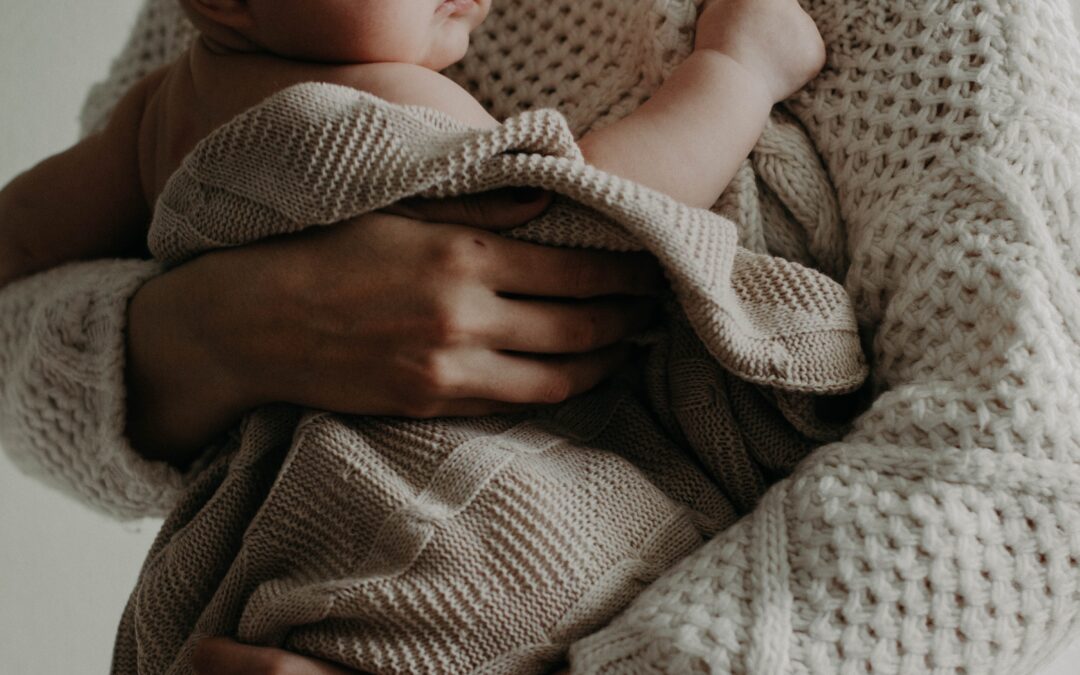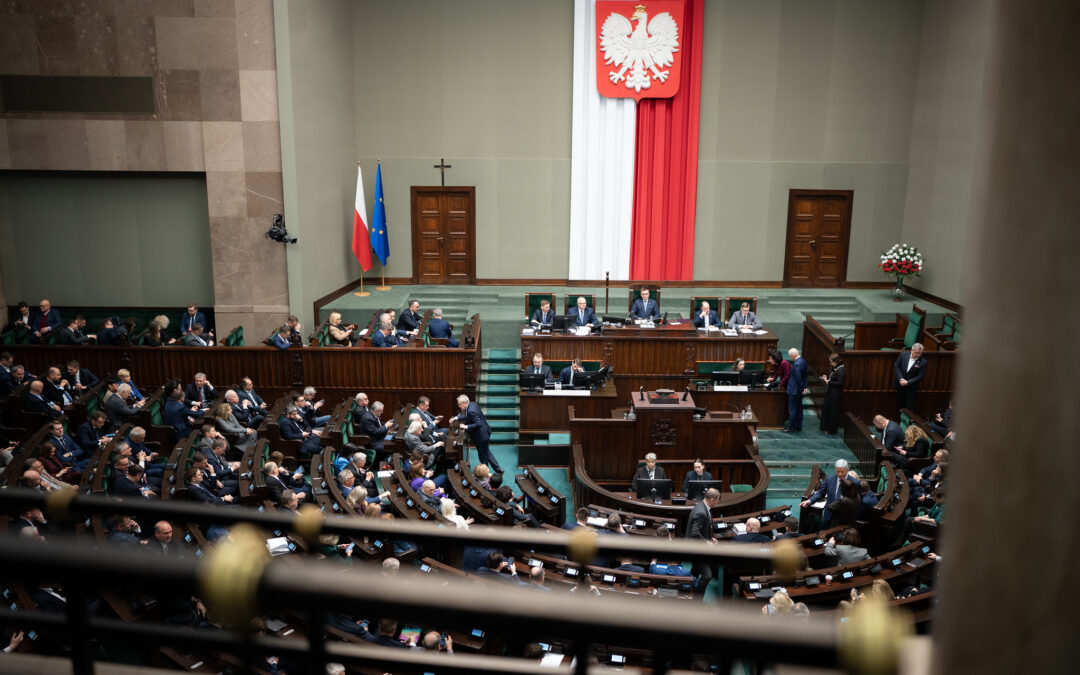The annual decline in Poland’s number of births has reached 11%, the first time it has hit double-digit levels. The new figures show the acceleration of a collapse in the number of births that has been taking place since 2018, resulting in Poland having one of Europe’s lowest fertility rates.
In the 12 months to September, Poland had 280,000 live births (the green line in the chart below). That was the lowest annualised figure on record and 34,800 fewer than in the same period a year ago, show calculations by economist Rafał Mundry based on data from Statistics Poland (GUS), a state agency.
The number of deaths (the red line in the chart below) over that same period stood at 414,100, following a decline from the Covid-induced peaks of 2020-2022 and a return to the kind of figures seen before the pandemic.
GUS:
We wrześniu urodziło się 22,1 tys dzieci (26,7 tys rok temu)
Zmarło 30,6 tys osób (34,5 tys rok temu).W ostatnie 12mcy urodziło się 280 tys dzieci.
Zmarło 414 tys. osób.Tempo spadku urodzeń pierwszy raz jest dwucyfrowe: -11% r/r ⚠️
Załamanie pic.twitter.com/V2MileBnVd
— Rafał Mundry (@RafalMundry) October 24, 2023
GUS itself reports that, between January and September this year, the number of births, 210,000, was 25,000 lower than in the same period of 2022. The number of deaths in that period rose 34,000 year-on-year to 303,000.
Last year, the number of births in Poland had already fallen to its lowest level since the Second World War and the number of deaths exceeded the number of births for the tenth year in a row, fuelling a demographic crisis in one of the fastest ageing countries in Europe.
In 2021, Poland’s fertility rate – meaning the average number of children born to a woman in her lifetime – stood at 1.33, according to Eurostat. Among EU countries, only Malta (1.13), Spain (1.19) and Italy (1.25) were lower.
Mundry called the decline a “collapse”, noting that the number of births has fallen 30% in six years. In an interview with broadcaster TVN24, the economist pointed to the COVID-19 pandemic, the tightening of the abortion law and the war in Ukraine as the reasons for the drastic decline in births.
Over half of Poles believe the near-total abortion ban, which bars terminations even if a fatal birth defect is diagnosed, has made people less likely to have kids.
A large majority want to liberalise the abortion law but views are becoming more polarised https://t.co/UtdcxSu7Fy
— Notes from Poland 🇵🇱 (@notesfrompoland) October 18, 2022
He also noted a decline in the number of women of childbearing age and the fact that women want to have fewer children and tend to have them at an older age.
“It is necessary to consider how to influence the second factor and how to encourage with various instruments Polish women’s willingness to have more children,” Mundry said.
A survey earlier this year showed that only 32% of women in Poland aged between 18 and 45 say they are planning to have children. Poland also struggles with a housing shortage, with almost half of the Poles aged 25-34 still living with their parents.
Only 32% of women in Poland aged 18 to 45 say they are planning to have children, down from 41% in 2017.
Poland has a rapidly declining birth rate, and many believe that the new near-total ban on abortion has made women less likely to want to get pregnant https://t.co/w7J1imL7Ff
— Notes from Poland 🇵🇱 (@notesfrompoland) January 12, 2023
The ruling national-conservative Law and Justice (PiS) party has, during its eight years in power, made boosting the birth rate one of its flagship goals, introducing a number of social programmes designed to financially support families.
Yet, despite this, the number of births in Poland has continued to decline during PiS’s seven years in power, with the government admitting in 2020 that it had failed in its aim of increasing numbers.
Opposition parties – who are now likely to take power following this month’s elections – have offered their own proposals for boosting births.
These include reversing PiS’s decision to end government funding for in-vitro fertilisation, increasing the number of nursery places, rolling back the near-total ban on abortion introduced under PiS, and providing free prenatal diagnostics and free anaesthesia during childbirth.
Poland needs two million new foreign workers over the next decade to counteract the ageing of its population, says the state social insurance agency.
It notes that recent years have seen mass immigration, with over a million foreign workers now registered https://t.co/LW5278uawm
— Notes from Poland 🇵🇱 (@notesfrompoland) July 12, 2023

Notes from Poland is run by a small editorial team and published by an independent, non-profit foundation that is funded through donations from our readers. We cannot do what we do without your support.
Main image credit: Kristina Paukshtite / Pexels

Alicja Ptak is senior editor at Notes from Poland and a multimedia journalist. She previously worked for Reuters.



















